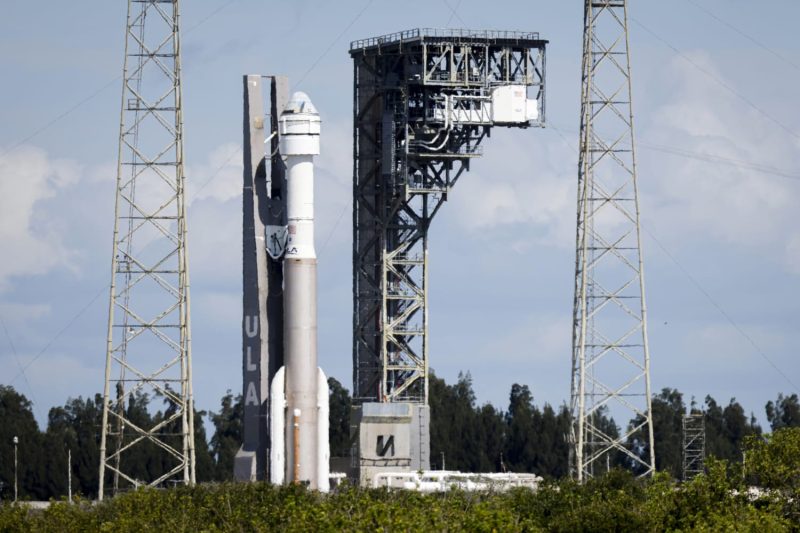The recent announcement by Boeing and NASA to move forward with the Starliner astronaut launch despite a helium leak issue in the spacecraft has raised concerns and sparked discussions within the space community. This decision comes as a surprise to many, considering the potential risks involved in launching a spacecraft with a known technical issue. Let’s delve deeper into the implications of this decision and its possible ramifications.
Helium is a critical element in spacecraft operations, used primarily for pressurizing systems and ensuring stable conditions during various stages of the mission. The detection of a helium leak in the Starliner spacecraft raises red flags, as any malfunction in the pressurization system could jeopardize the safety and success of the upcoming astronaut launch. Given the history of space missions and the inherent dangers associated with space travel, it is crucial to address and rectify any technical issues before proceeding with a high-stakes mission.
Boeing and NASA’s decision to proceed with the launch despite the helium leak issue raises questions about the priority given to safety and risk management in space exploration. While it is understandable that delays and technical challenges are common in space missions, compromising on safety protocols for the sake of meeting deadlines or objectives is a risky approach that could have severe consequences.
The collaboration between Boeing and NASA has been pivotal in advancing human spaceflight capabilities and pushing the boundaries of exploration. However, this latest development casts a shadow over their commitment to ensuring the safety and reliability of their missions. Space agencies have a responsibility to prioritize the well-being of astronauts and the success of missions, even if it means facing setbacks and delays along the way.
The decision to move forward with the Starliner astronaut launch in the face of a helium leak issue underscores the complex interplay between technical constraints, operational pressures, and safety considerations in the realm of space exploration. It is a reminder of the challenges and risks involved in pushing the boundaries of human spaceflight and the importance of maintaining stringent quality control measures throughout the mission lifecycle.
As the space industry continues to evolve and expand, incidents like the helium leak in the Starliner spacecraft serve as valuable lessons for all stakeholders involved. By emphasizing transparency, accountability, and adherence to safety protocols, space agencies can garner public trust, ensure mission success, and pave the way for a sustainable and secure future in space exploration. The journey to the stars is fraught with challenges, but with a steadfast commitment to safety and excellence, we can overcome any obstacle and reach new heights in our quest for discovery.
